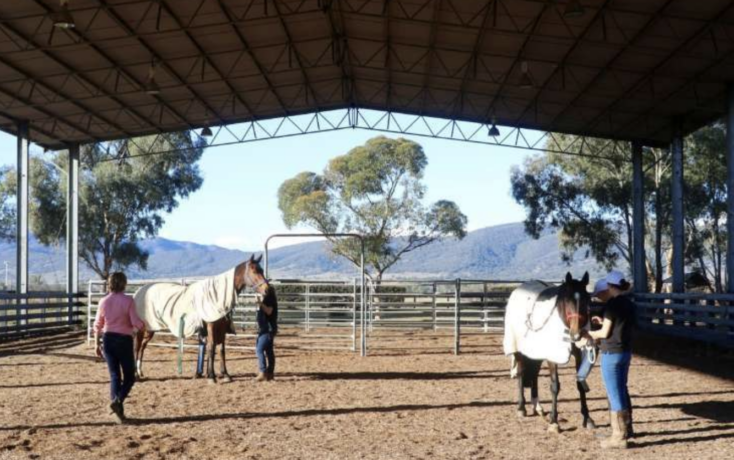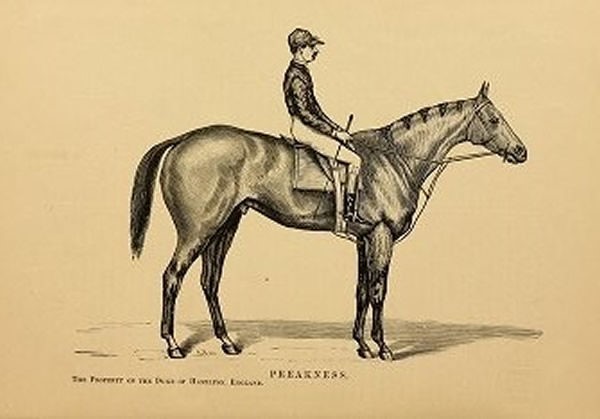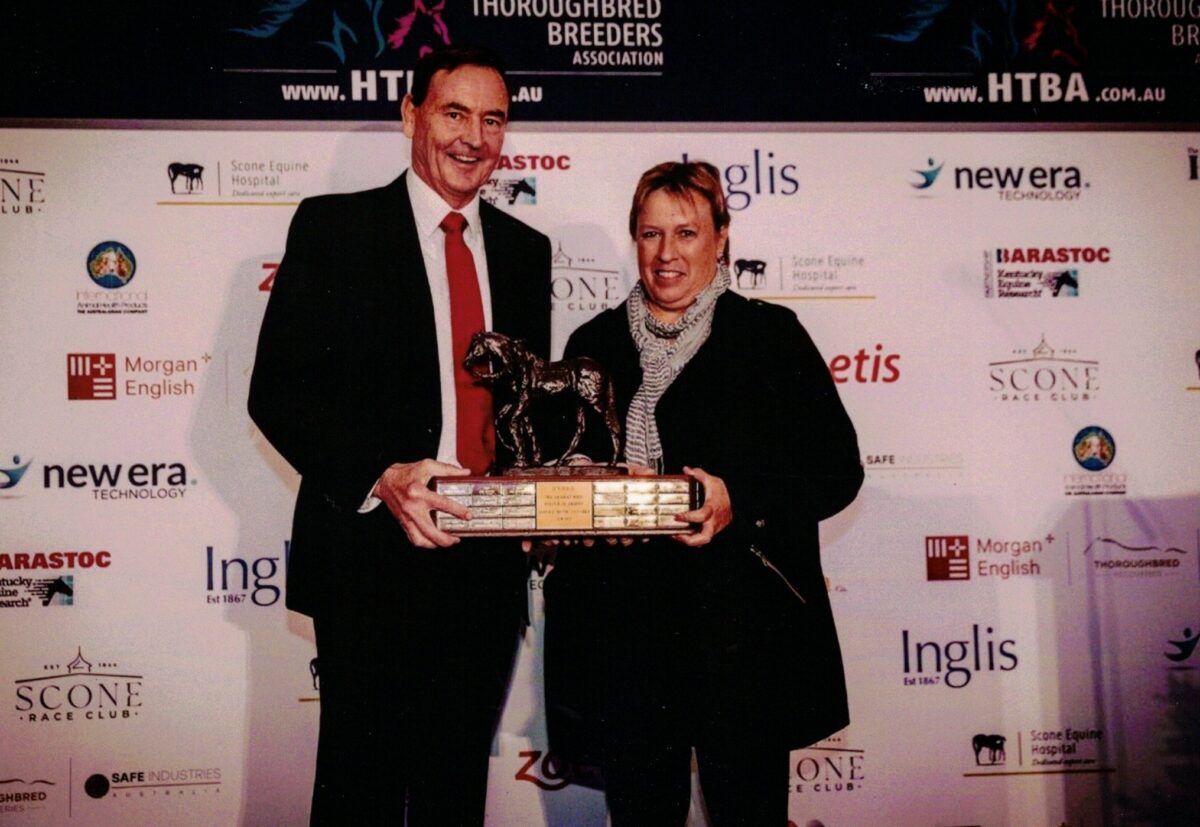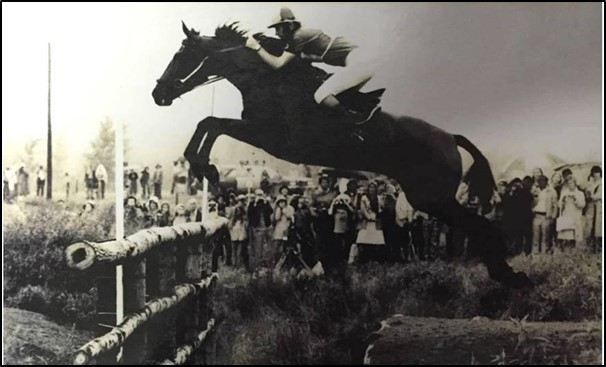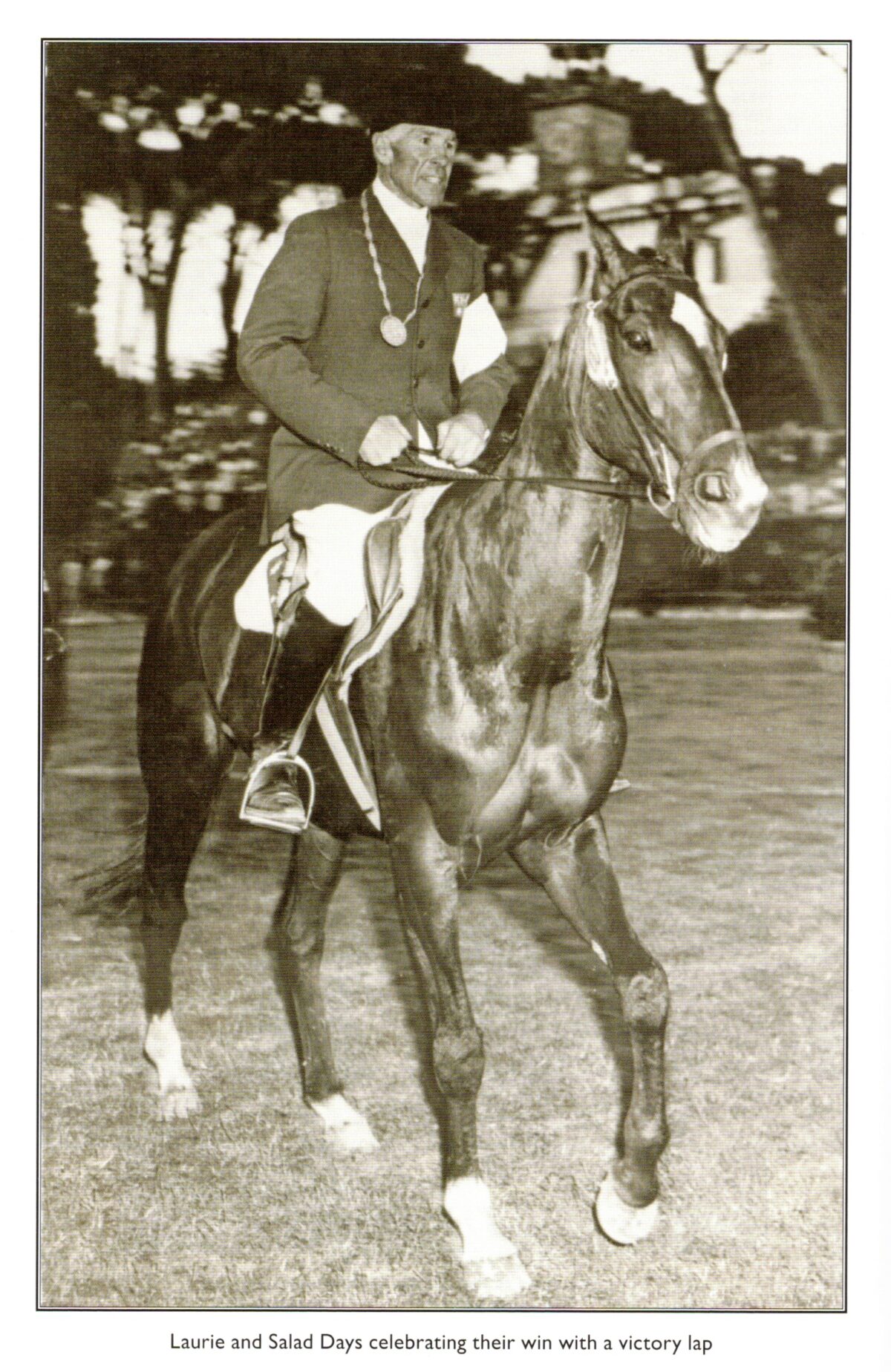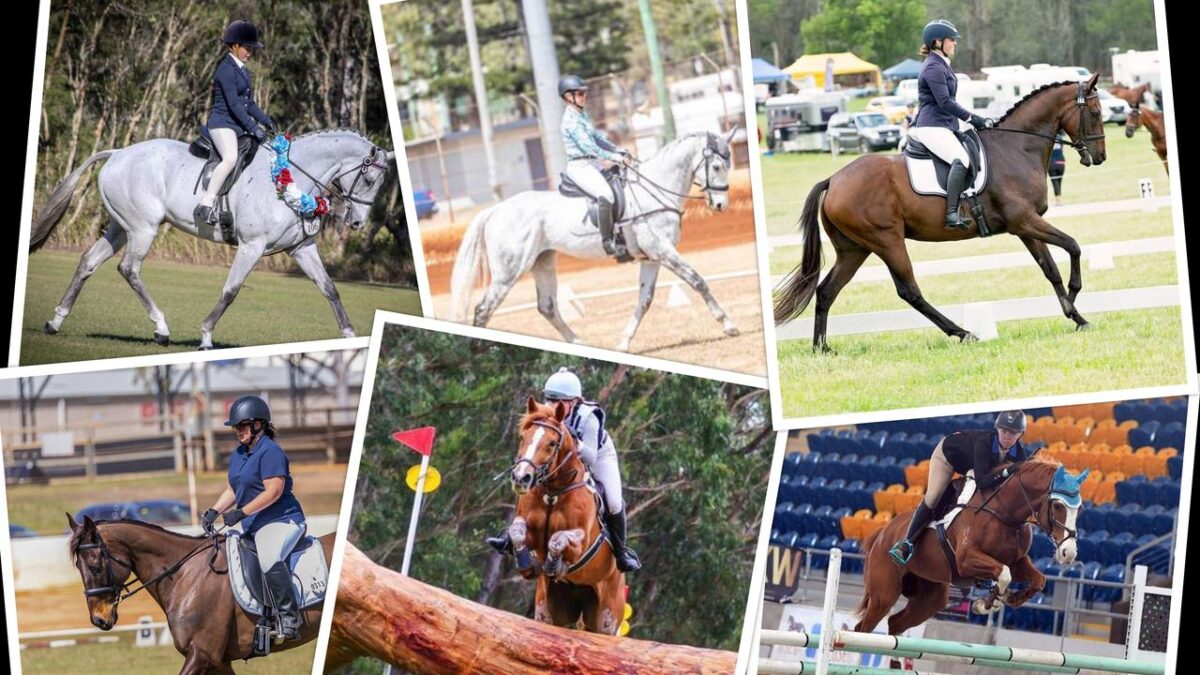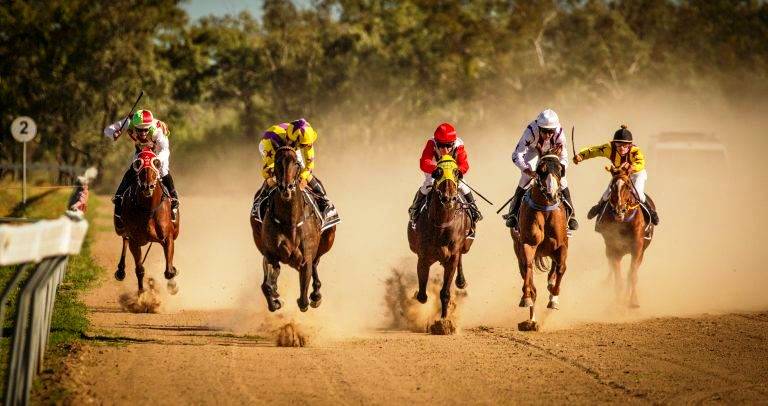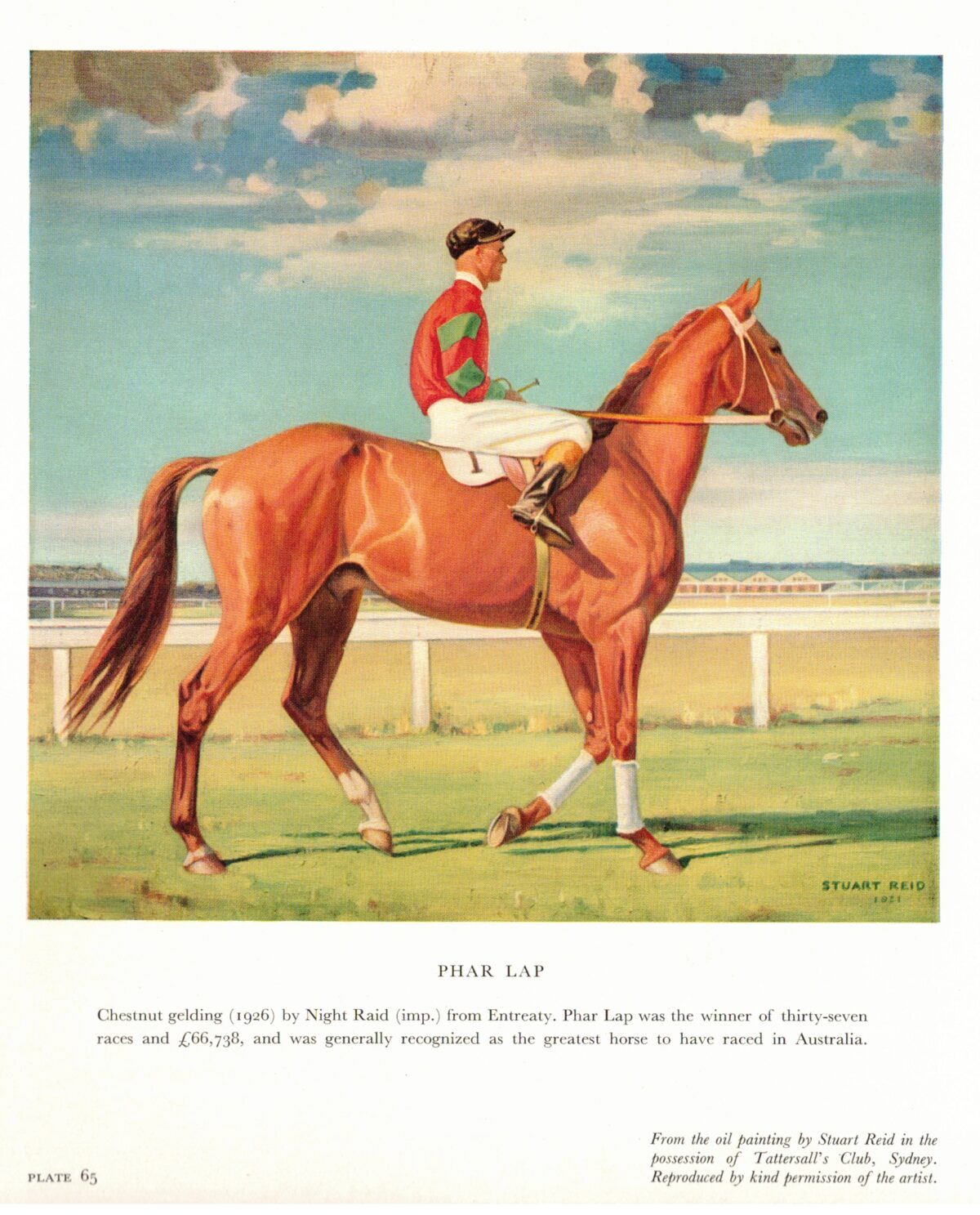Next Crop of Thoroughbred Breeders
Thank you Bernie Kenny! Spread the word.
Posted by: Bernard Kenny at 11:31am on 24/5/2023
Posted in: Breeding
See: Next Crop of Thoroughbred Breeders (justhorseracing.com.au)
FEATURED IMAGE: THOROUGHBRED BREEDERS AUSTRALIA
For those ‘young’uns’ wishing to step-up in the Thoroughbred industry then its free admission for all those 36 and under to join the TBA Next Crop in your home state.
“Thoroughbred Breeders Australia believe there is a chance to create a network where young people who are already in the industry,” announced Breeders Australia chief executive Tom Reilly.
“This group is being created with the aim of providing those with the chance to network with their peers in the industry, and the opportunity to continue their professional development.”
“For those who may be interested in taking part, the creation of this new group for young people in the industry, will also provide those interested with access to a number of exclusive events.”
“Meet …Grow …Learn … will be the three key themes to Next Crop and we want to develop a forum for like-minded young people to meet and develop their networks,” said Tom Riley.
“To access learning and training opportunities, so they feel they are continuing their own personal development, and to have a future input to the thoroughbred industry through this group.”
The TBA aims to have a chapter of Next Crop in each state, which will then feed into a national leadership committee with Breeders Australia making a contribution to the group’s activities.
“As an industry, we have to make sure we are continually looking to bring in new people and also retain those that are already involved,” said Thoroughbred Breeders president Basil Nolan.
“This initiative will help both the aims of the TBA and Aushorse who have been talking about this for a while and all of us are excited about the benefits of Next Crop, with its free membership.”
“I think this is something that will be well received and we are looking forward to hearing from this group and acting upon their knowledge and insight,” concluded President Basil Nolan.
Thoroughbred Breeders Australia has brought many young people into the industry through its national traineeship program Fast Track, as this has given the organisation an understanding.
“Some of these issues are faced by those early in their career, especially for those who aren’t on big farms or are working in teams with an older age group,” as Tom Riley continued.
“We know from the graduates of Fast Track that there can be a number of challenges for those coming into our workforce, mainly as loneliness and a sense of isolation can be a challenge.”
“Feedback around this frustration when people don’t feel they’re learning or progressing with more responsibility, especially those who we think they’re more likely to remain in the industry.”
“We think through Next Crop we can provide opportunities to learn – a mixture of formal and informal – that will allow its members to feel like they are building their skills and knowledge.”
“And most importantly, we want the opportunities that Next Crop will provide to be shaped by its members and those who have put their hands up to be involved in its leadership.”
“We want to give responsibility to those involved and I’m sure that, in turn, this will help bring through the next crop of leaders who will push the industry forward.”
Those looking to be a Next Crop member, then register at the Thoroughbred Breeders Australian website, or, if attending the Magic Millions Gold Coast National Broodmare Sale on 23-25 May, just meet a TBA Team Member at their marquee.










